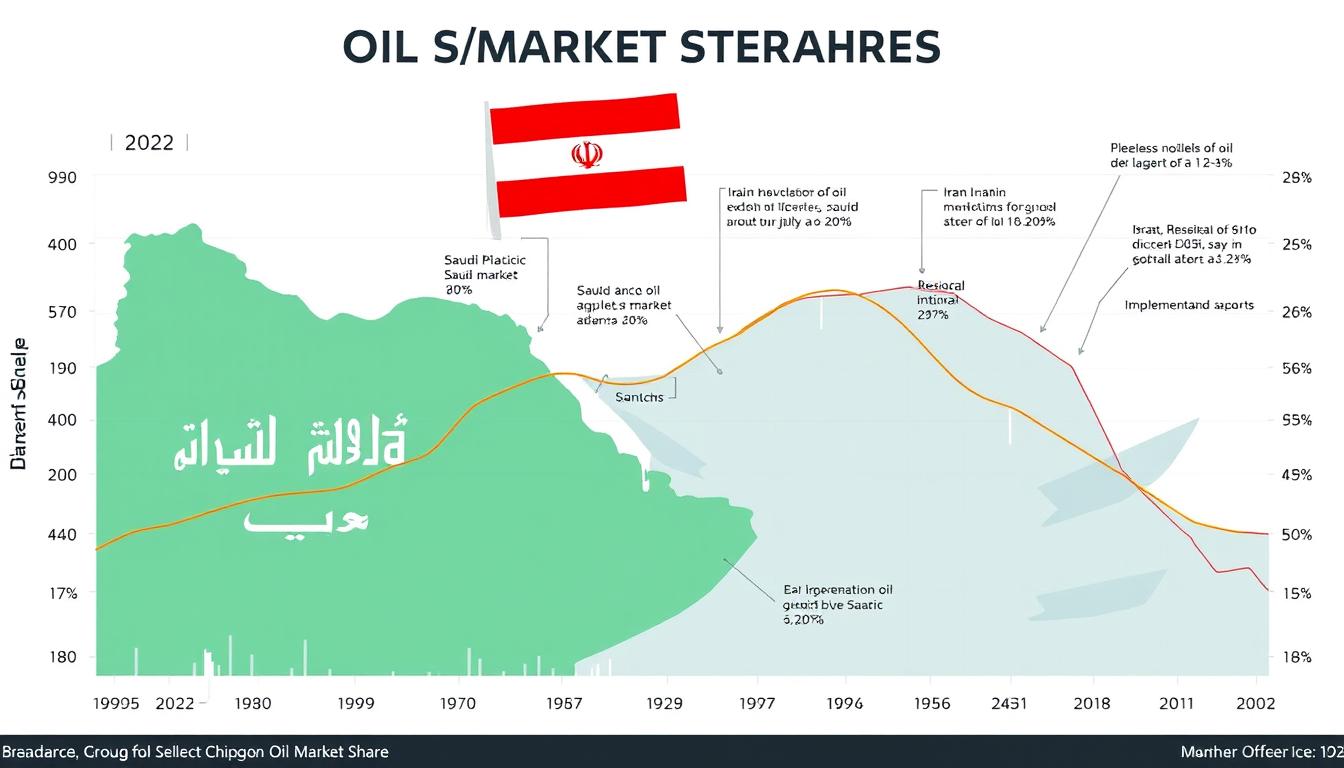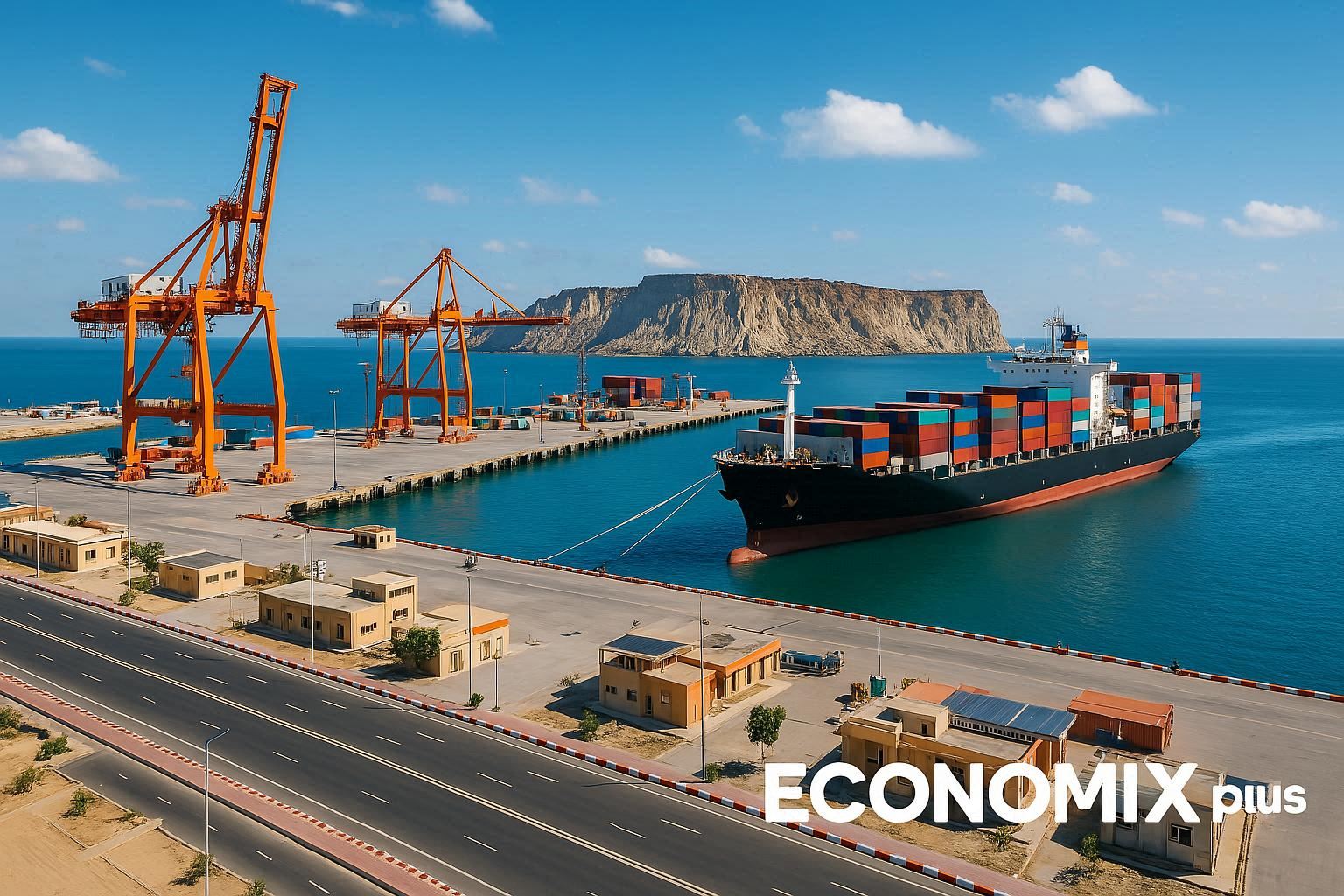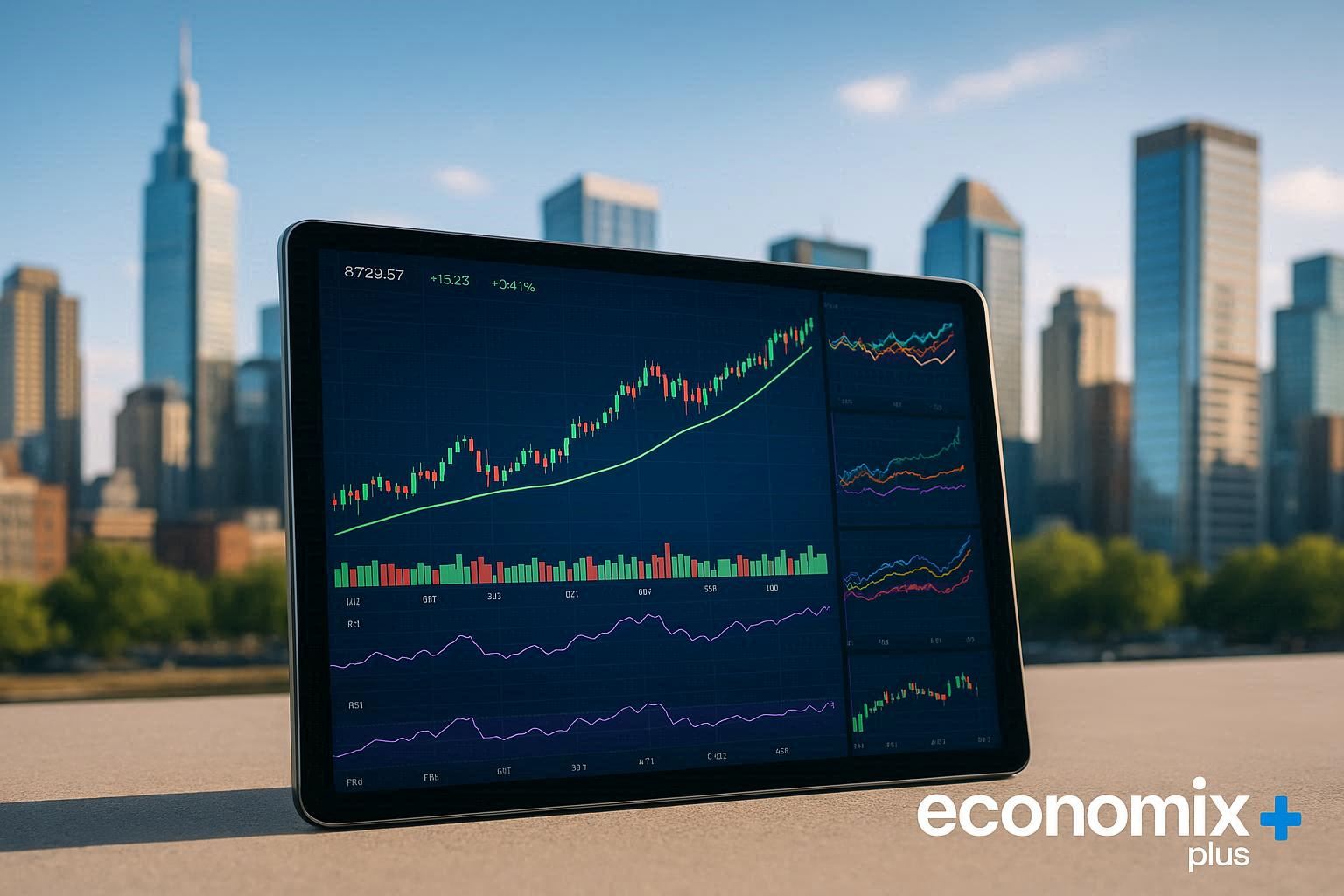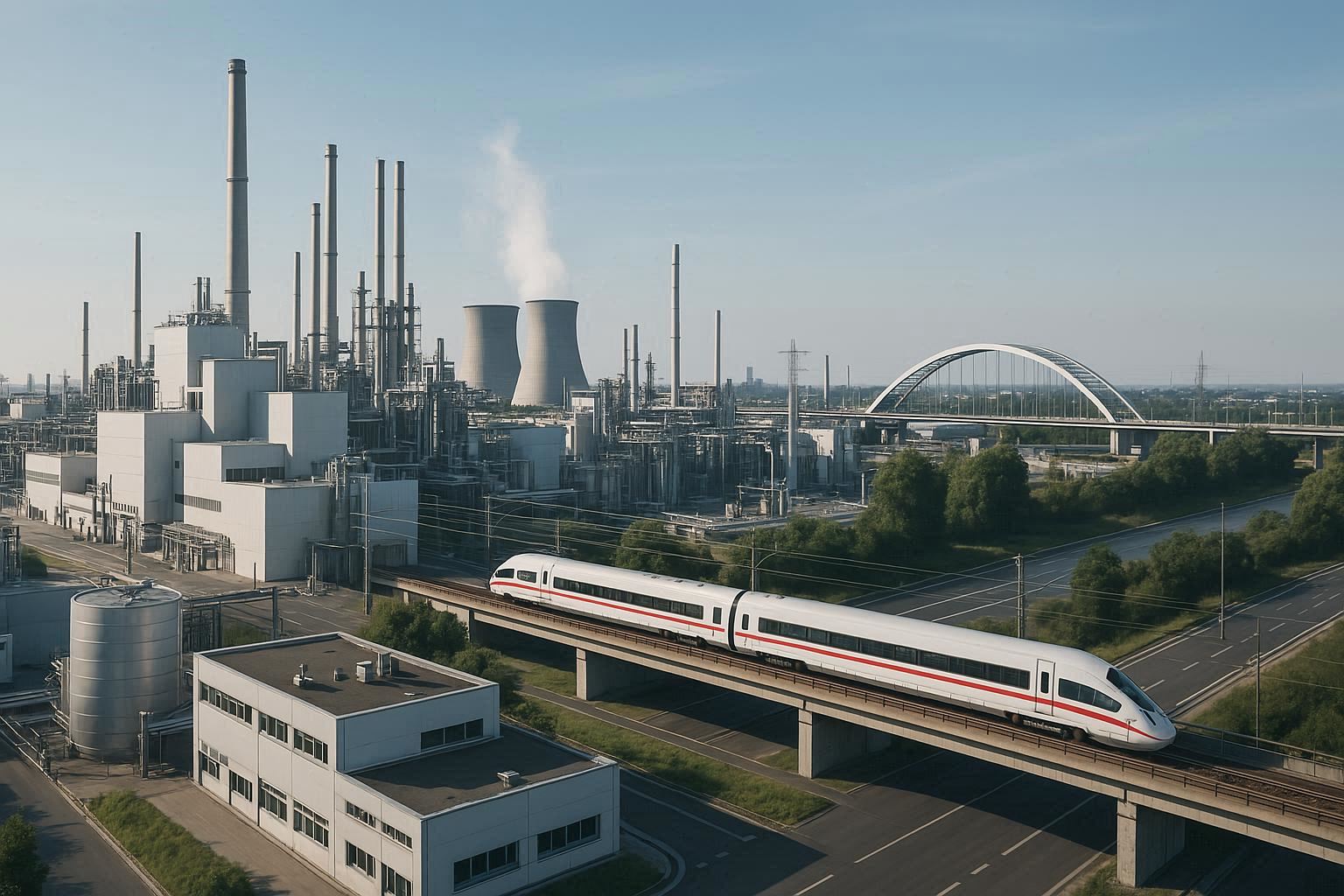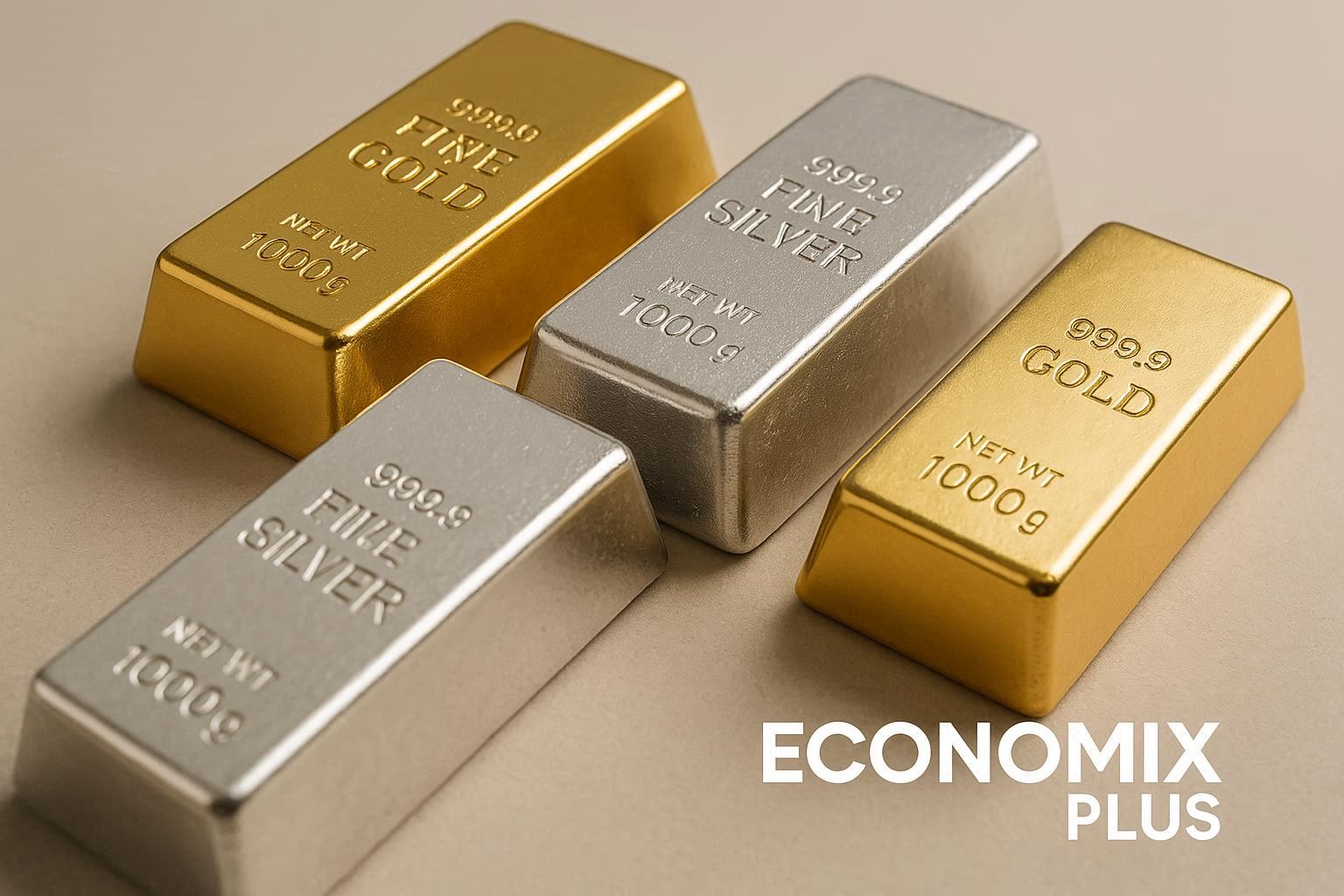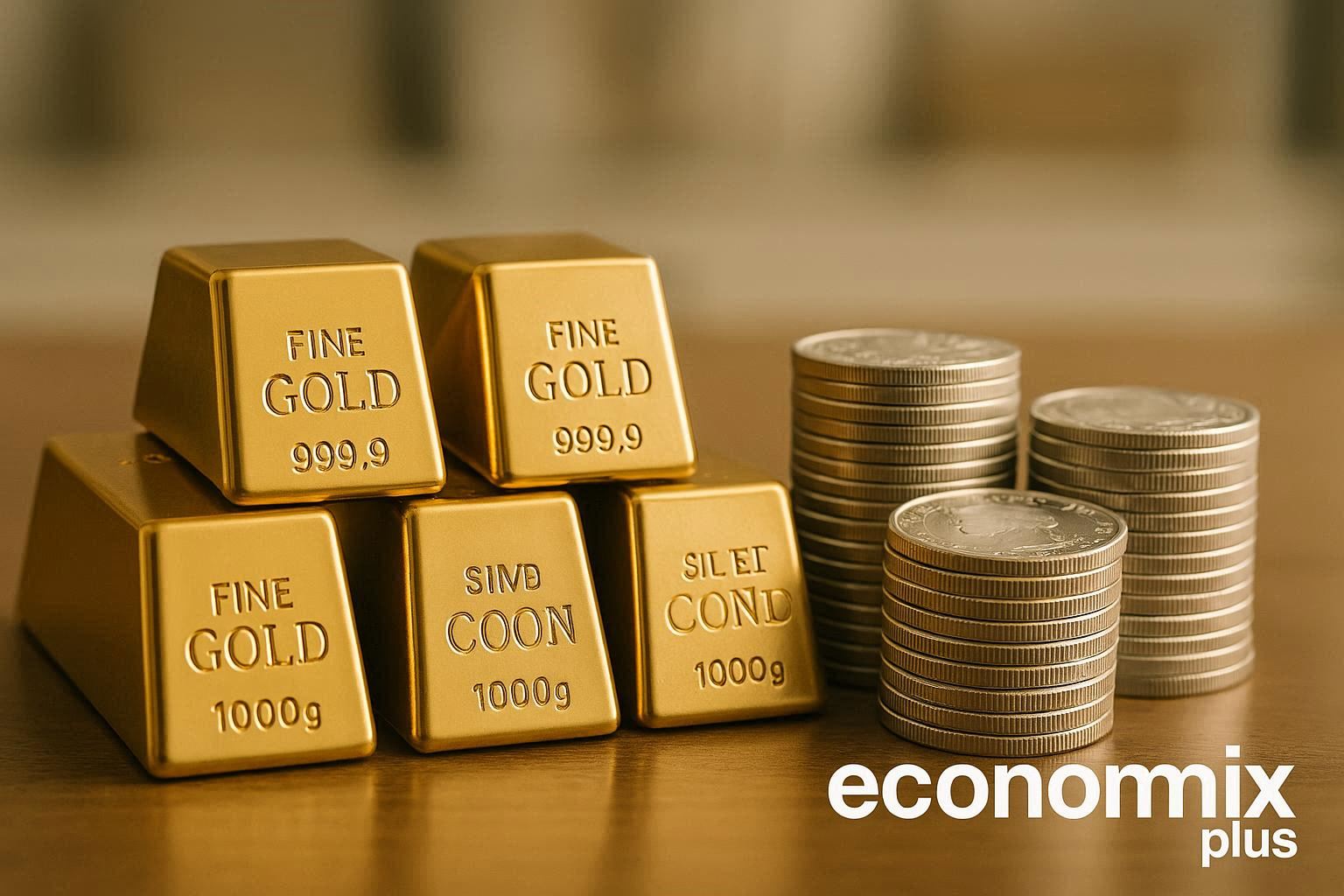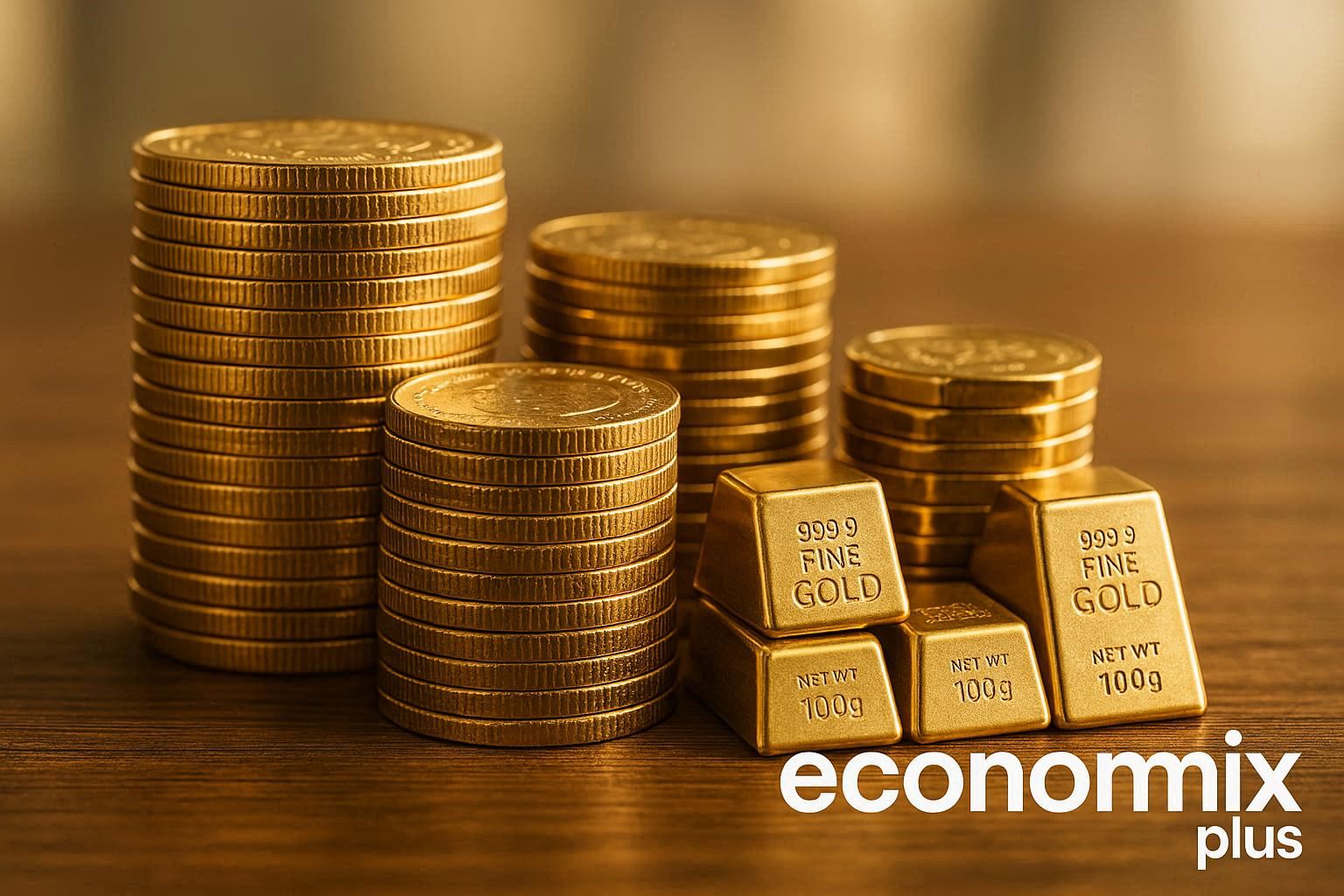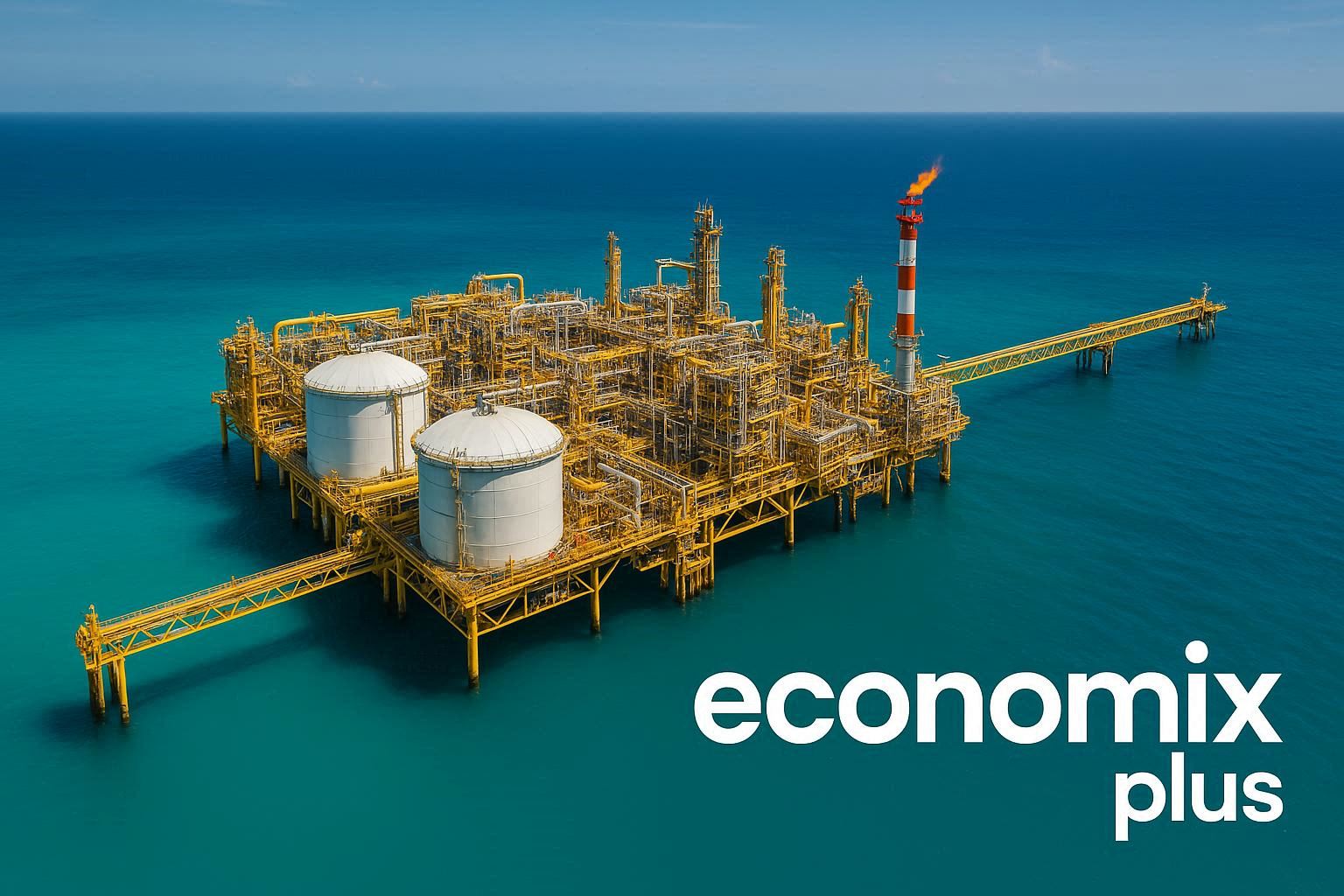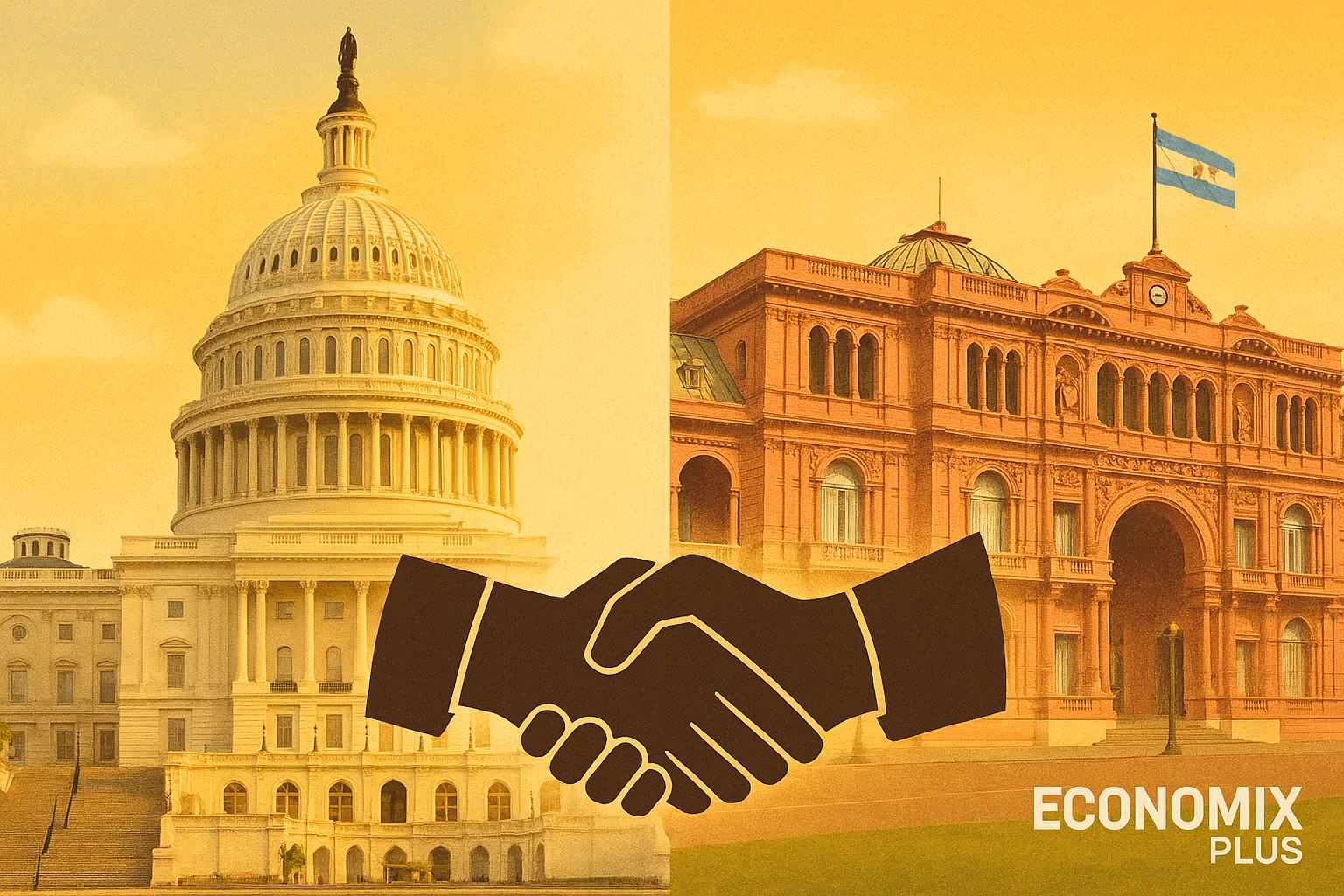The global oil market has long been shaped by the complex interplay between Iran and Saudi Arabia, two petroleum giants with contrasting approaches to energy policy. Their rivalry extends beyond mere production numbers to encompass geopolitical strategy, technological development, and diplomatic influence. This comprehensive analysis examines the multifaceted competition between these two Middle Eastern powers and evaluates their respective influence over global oil markets through ten critical dimensions.
Company and National Overview
The headquarters of Saudi Aramco (left) and National Iranian Oil Company (right) reflect their different positions in the global oil market.
Saudi Arabia’s oil sector is dominated by Saudi Aramco, the world’s largest oil company with a market capitalization exceeding $1.8 trillion. Aramco controls nearly all of Saudi Arabia’s estimated 267 billion barrels of proven reserves, representing approximately 17% of global conventional reserves. The company’s production capacity stands at around 12 million barrels per day (Mb/d), giving Saudi Arabia unparalleled flexibility as the market’s swing producer.
Iran’s oil industry operates under the National Iranian Oil Company (NIOC), which manages the country’s 157 billion barrels of proven reserves – roughly 10% of global reserves. Unlike Aramco’s streamlined corporate structure, NIOC functions through a complex network of subsidiaries that handle various aspects of the petroleum value chain. Iran’s production capacity has fluctuated significantly due to sanctions, currently hovering around 3.8 Mb/d.
Both countries were founding members of OPEC in 1960, but their roles within the organization have evolved differently. Saudi Arabia has consistently positioned itself as OPEC’s de facto leader and primary stabilizing force, while Iran has often advocated for higher prices and production restraint from other members while seeking exemptions for itself during sanctions periods.
Core Specialization and Sector Focus
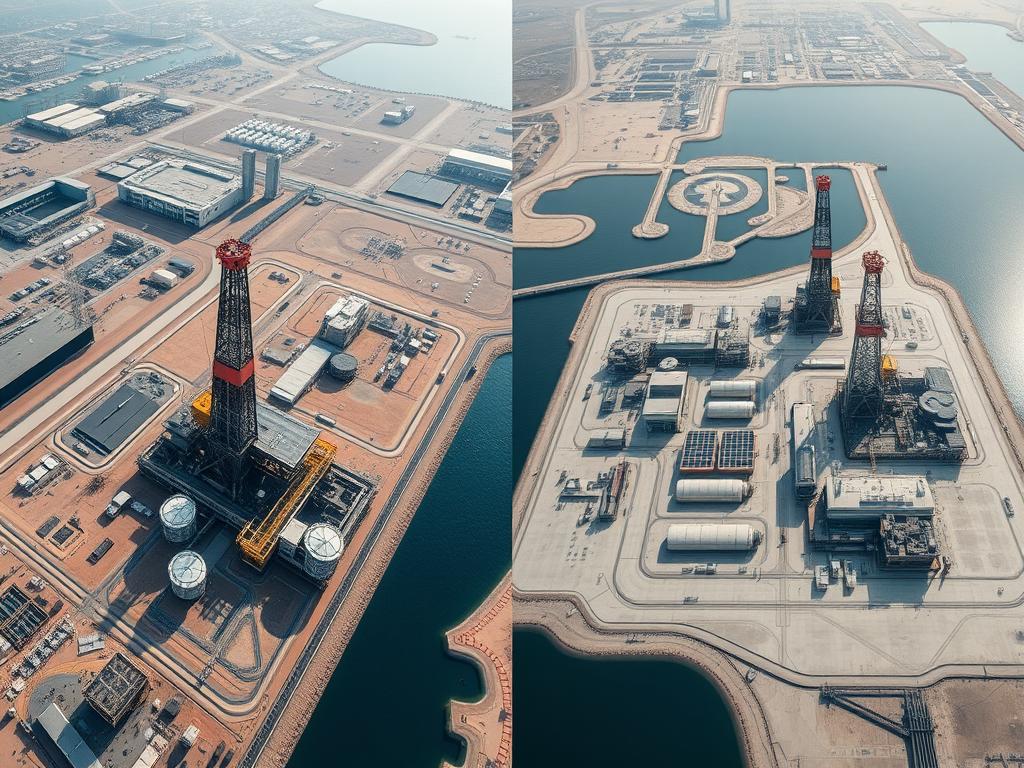
Saudi Arabia has built its oil strategy around production scale and efficiency. The Kingdom’s oil fields are among the world’s most cost-effective to operate, with extraction costs averaging $2.80 per barrel – significantly below the global average. This cost advantage stems from favorable geology, massive continuous investment in infrastructure, and a focused business model that prioritizes upstream production excellence.
Iran’s approach has necessarily been more diversified and adaptive. Under sanctions, the country developed a more integrated upstream-downstream model, expanding its refining and petrochemical sectors to create value when crude exports were restricted. Iran’s extraction costs average $5.50 per barrel – still competitive globally but higher than Saudi Arabia’s. The country has also developed significant natural gas capabilities, controlling the world’s second-largest gas reserves.
“Saudi Arabia’s strategy centers on volume and market share, while Iran has been forced to maximize value across the entire petroleum value chain due to export restrictions.”
This fundamental difference in approach shapes how each country responds to market fluctuations. Saudi Arabia can rapidly adjust production volumes to influence prices, while Iran focuses on finding creative ways to market its oil despite restrictions, often offering discounts to buyers willing to circumvent sanctions.
Strengths and Weaknesses
Saudi Arabia’s Strengths
- Unmatched production capacity (12 Mb/d) and ability to rapidly scale output
- Strong financial reserves ($500+ billion) to weather price downturns
- Strategic partnerships with major consumers, particularly in Asia
- State-of-the-art infrastructure with continuous modernization
- Strong political relationship with Western powers, especially the United States
Saudi Arabia’s Weaknesses
- Heavy economic dependence on oil (still ~40% of GDP despite diversification efforts)
- High fiscal breakeven oil price (~$80/barrel to balance budget)
- Limited economic diversification despite Vision 2030 initiatives
- Growing domestic energy consumption reducing export capacity
- Vulnerability to regional security threats
Iran’s Strengths
- Remarkable resilience under sanctions and ability to maintain production
- More diversified economy (oil represents ~20% of GDP)
- Strong regional network of allied non-state actors
- Advanced domestic technical capabilities developed under isolation
- Strategic position controlling the Strait of Hormuz
Iran’s Weaknesses
- Chronic underinvestment in oil infrastructure due to sanctions
- Limited access to international capital and technology
- Aging fields with declining production rates
- Restricted market access and reliance on discounted sales
- Political isolation limiting diplomatic leverage in energy forums
The contrast between these strengths and weaknesses reveals why Saudi Arabia maintains greater direct market influence through production decisions, while Iran exercises influence more indirectly through geopolitical leverage and strategic positioning.
Innovation and Technological Capability
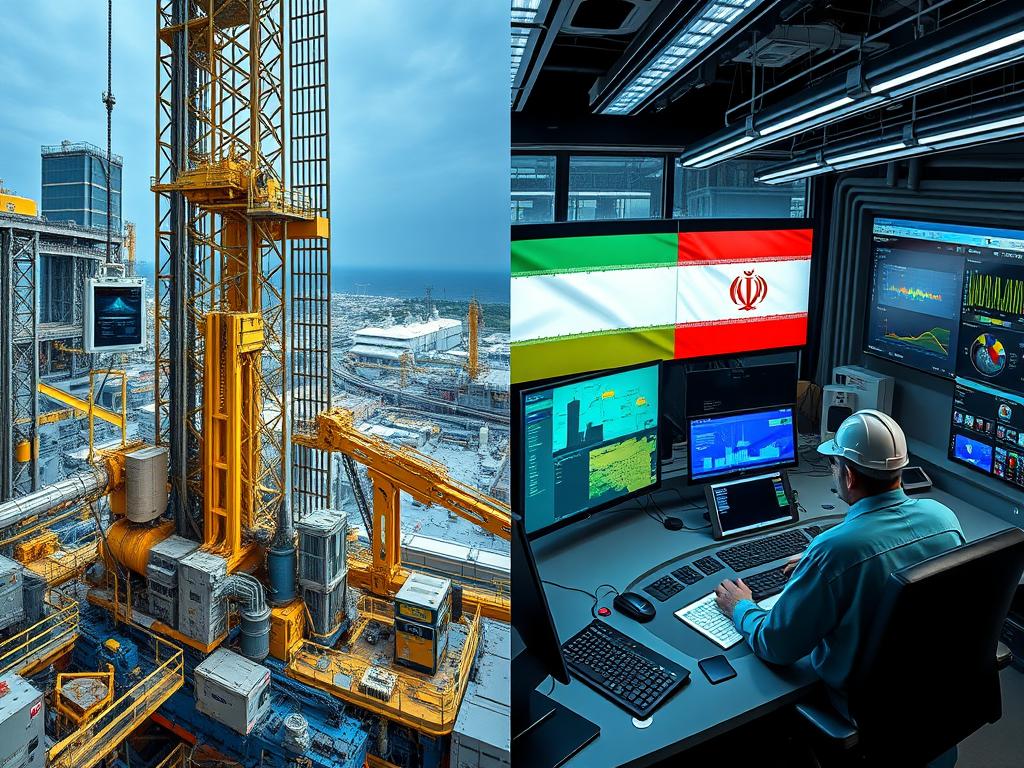
Saudi Arabia has consistently invested in cutting-edge oil extraction and processing technologies. Aramco maintains one of the industry’s largest R&D budgets, spending over $500 million annually on technology development. The company has pioneered advanced seismic imaging, smart field technology, and enhanced oil recovery techniques that have helped maintain the productivity of aging fields like Ghawar, the world’s largest conventional oil field.
Iran’s technological development has followed a different trajectory, shaped by necessity under sanctions. The country has developed significant domestic capabilities in basic oil field services and equipment manufacturing. However, it continues to lag in advanced technologies like horizontal drilling, enhanced oil recovery, and digital field management. Iran’s natural decline rate in mature fields is estimated at 8-11% annually, compared to Saudi Arabia’s 2-4%, highlighting the technological gap.
Both countries have begun investing in carbon reduction technologies, though at different scales. Saudi Aramco has committed $1.5 billion to carbon capture and utilization projects and is researching direct air capture technologies. Iran’s efforts have been more modest, focusing primarily on reducing gas flaring and improving energy efficiency at existing facilities.
Saudi Arabia’s technological advantage is most evident in its water management capabilities. The Kingdom has reduced water usage in oil production by 30% since 2015 through advanced water treatment and recycling systems – critical in a water-scarce region. Iran continues to struggle with water management in its aging fields, with injection water requirements approximately 40% higher per barrel than Saudi Arabia’s.
Sustainability and Environmental Commitments
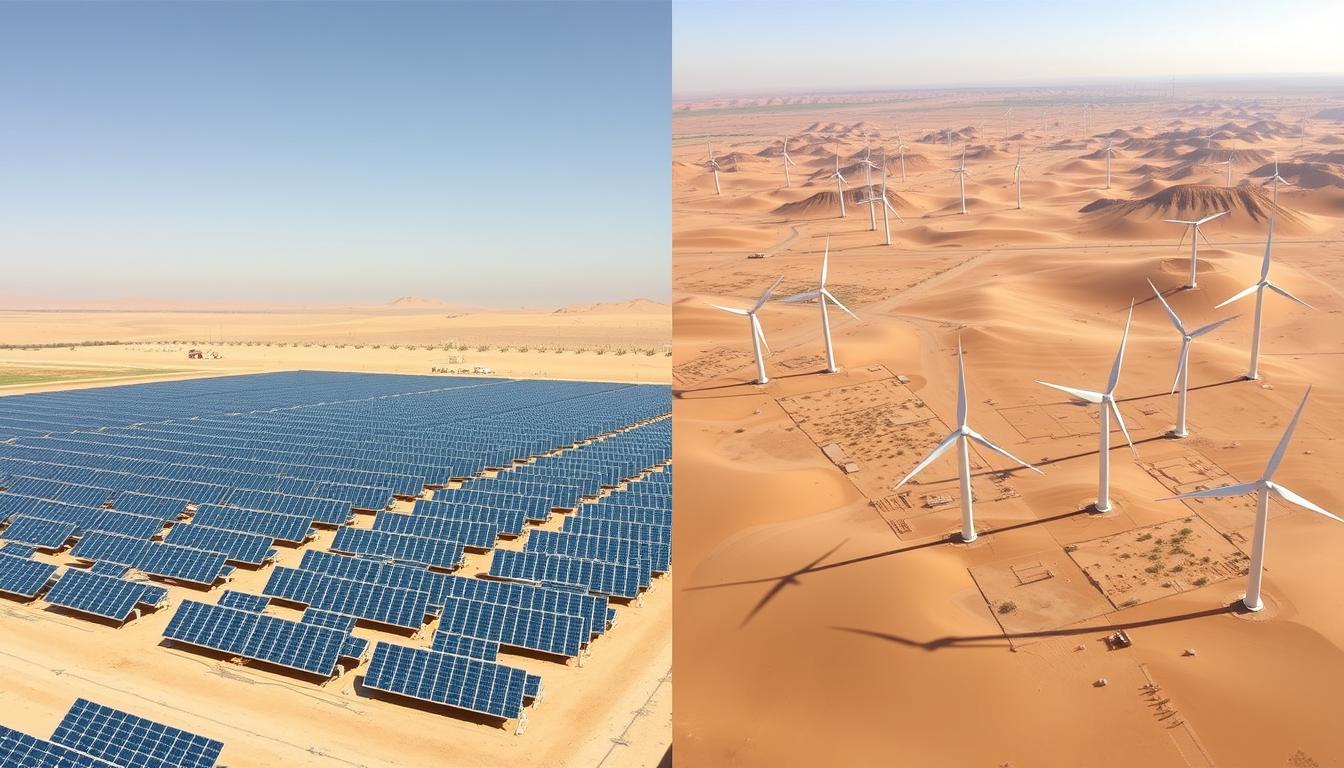
Saudi Arabia has made increasingly bold climate commitments, pledging to reach net-zero emissions by 2060 while maintaining its role as a leading oil producer. The Kingdom’s “Circular Carbon Economy” framework emphasizes carbon capture and storage rather than production cuts. Saudi Aramco claims one of the lowest carbon intensities in oil production at 10.2 kg CO2e per barrel – though these figures have not been independently verified.
Iran has made more modest environmental commitments, pledging a 4% unconditional reduction in greenhouse gas emissions by 2030 (or 12% conditional on sanctions relief). The country faces significant environmental challenges, including high methane leakage rates estimated at 5-7% of production – well above the global average of 2.3%. Gas flaring remains a persistent issue, with Iran flaring approximately 17.4 billion cubic meters of gas annually, the third-highest globally.
In renewable energy development, Saudi Arabia has launched ambitious projects including the 300 MW Sakaka solar plant and plans for the 50 GW NEOM green hydrogen project. The Kingdom aims to generate 50% of its electricity from renewables by 2030. Iran’s renewable capacity remains limited at about 1 GW, though the country has significant untapped potential, particularly in solar and wind resources.
Financial Performance and Global Indicators
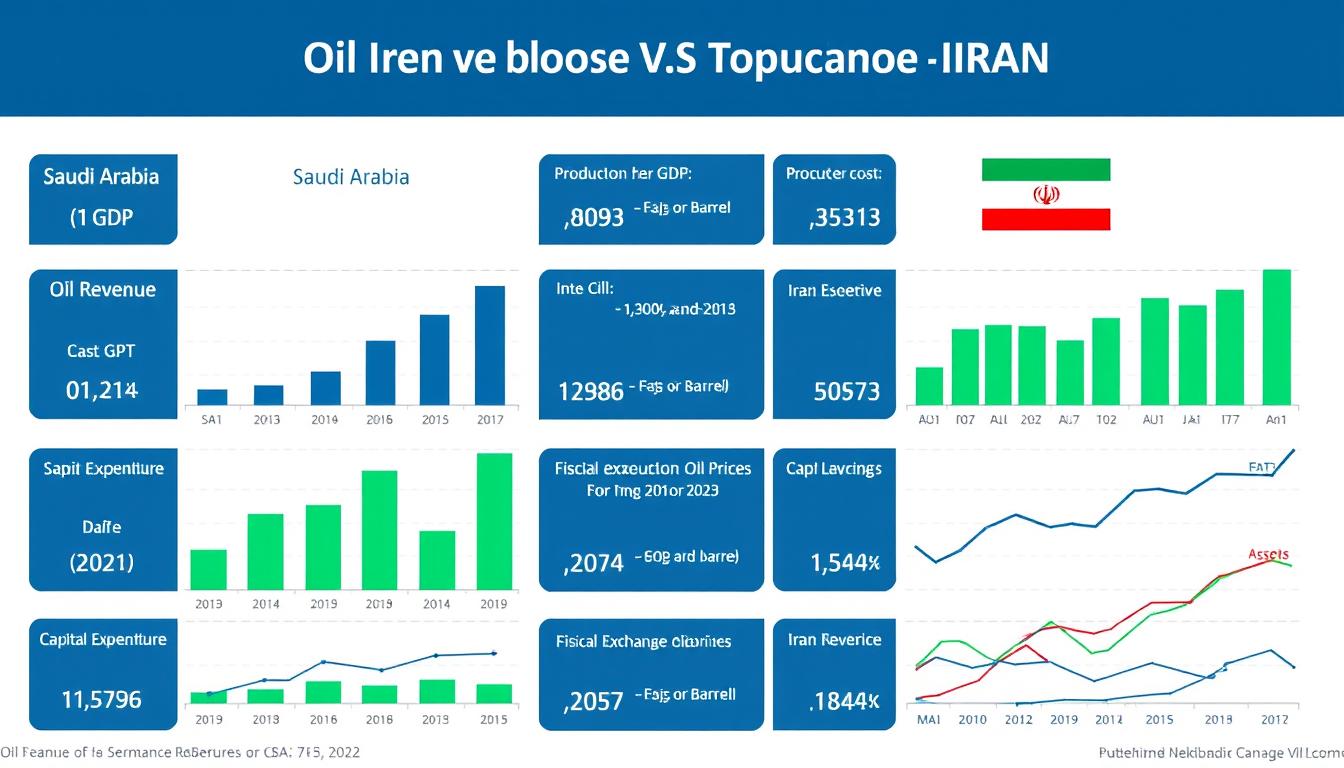
Oil revenues contribute approximately 40% to Saudi Arabia’s GDP and 70% to government revenues, despite diversification efforts. The Kingdom’s fiscal breakeven oil price – the price needed to balance the budget – stands at around $80 per barrel in 2023, down from $98 in 2020 but still relatively high. Saudi Aramco remains exceptionally profitable, reporting $161 billion in profit for 2022 – the largest annual profit ever recorded by an oil company.
Iran’s economy is less oil-dependent by necessity, with petroleum accounting for roughly 20% of GDP and 40% of government revenues. The country’s fiscal breakeven price is estimated at $60-65 per barrel, though sanctions complicate this calculation. Iran’s oil sector suffers from chronic underinvestment, with capital expenditure estimated at just $4-5 billion annually compared to Saudi Aramco’s $40-45 billion.
| Financial Indicator | Saudi Arabia | Iran |
| Production Cost (per barrel) | $2.80 | $5.50 |
| Fiscal Breakeven Price (2023) | $80.90 | $62.30 |
| Oil Revenue (% of GDP) | 40% | 20% |
| Annual Capital Expenditure | $40-45 billion | $4-5 billion |
| Foreign Exchange Reserves | $500+ billion | $20-30 billion (estimated) |
Saudi Arabia’s stronger financial position provides greater market influence through its ability to withstand price downturns. During the 2020 price collapse, the Kingdom maintained production despite losses, demonstrating its willingness to sacrifice short-term revenue for long-term market share. Iran lacks this financial flexibility, typically pushing for production cuts and higher prices within OPEC.
Reputation, Public Diplomacy, and Alliances

Saudi Arabia has traditionally leveraged its oil production capacity to build strong diplomatic ties, particularly with Western powers. The Kingdom’s relationship with the United States has historically been built around an “oil for security” arrangement, though this has evolved in recent years. Saudi Arabia has also cultivated close ties with major Asian consumers, particularly China and Japan, through long-term supply agreements and joint ventures.
Iran’s diplomatic approach has been shaped by sanctions and geopolitical isolation. The country has pivoted toward “resistance economy” partnerships with Russia, China, and Venezuela. The 25-year Comprehensive Strategic Partnership signed with China in 2021 represents Iran’s most significant oil diplomacy achievement in recent years, securing a major buyer for its sanctioned oil.
Both countries use oil as a diplomatic tool, but in different ways. Saudi Arabia leverages its production capacity and market stabilization role to gain geopolitical influence. Iran uses its strategic position near the Strait of Hormuz – through which 20% of global oil passes – as leverage, occasionally threatening shipping disruptions during periods of heightened tension.
“Saudi Arabia uses its spare capacity as a diplomatic tool as much as an economic one. The ability to rapidly increase production by millions of barrels per day gives Riyadh unique leverage in both oil markets and international relations.”
The perception of each country’s oil politics differs significantly. Saudi Arabia is generally viewed as a stabilizing force in oil markets, though its 2020 price war with Russia damaged this reputation temporarily. Iran is often perceived as a disruptive force, though this characterization is complicated by the impact of sanctions on its normal market participation.
Global Reach and Geopolitical Positioning
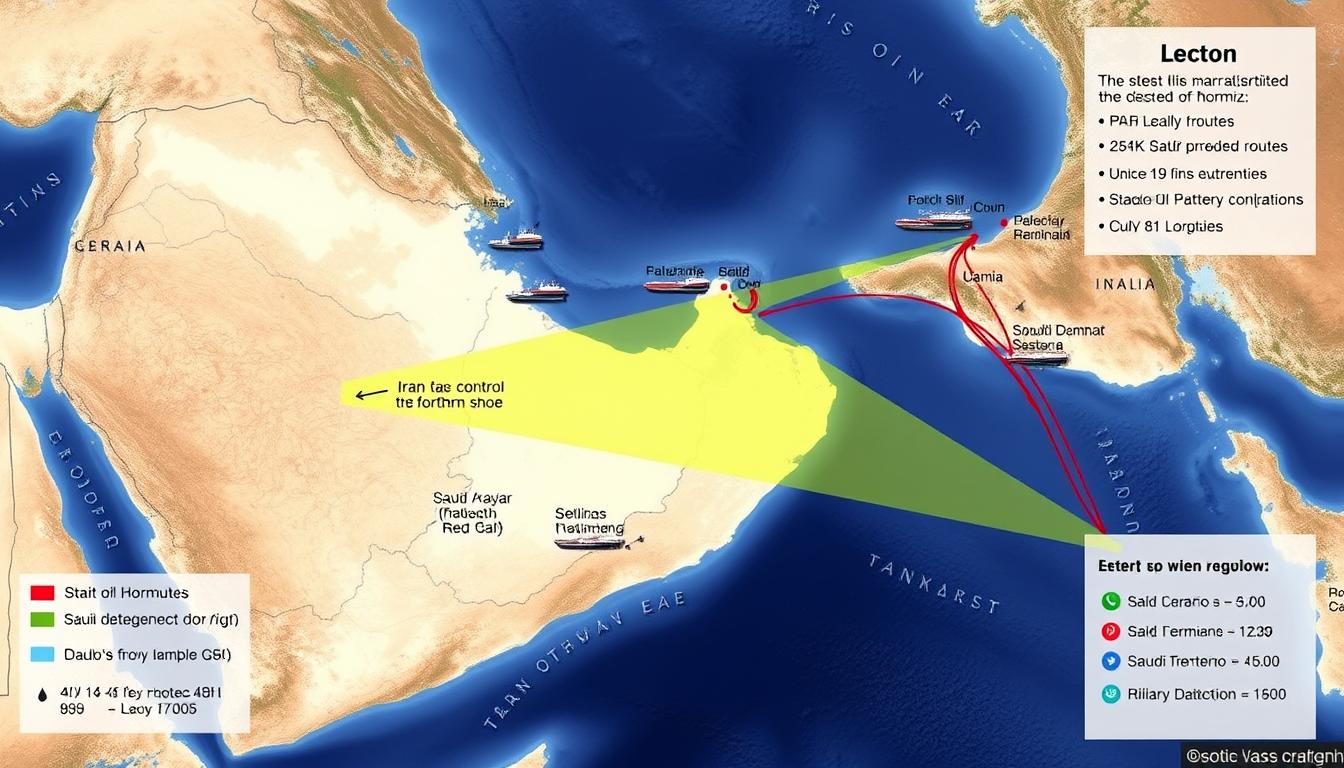
Saudi Arabia’s global reach is primarily economic rather than geographic. The Kingdom has strategically invested in refining assets in key consumer markets, securing dedicated outlets for its crude. Saudi Aramco owns full or partial stakes in refineries across the United States, China, Japan, South Korea, India, and Europe, with combined processing capacity exceeding 5 million barrels per day.
Iran’s geopolitical influence stems largely from its strategic location. The country controls the northern shore of the Strait of Hormuz, through which approximately 20 million barrels of oil pass daily. This geographic advantage gives Iran significant leverage despite its smaller production capacity. Iran has also developed a network of regional proxies and allies that extend its influence across Iraq, Syria, Lebanon, and Yemen.
Within OPEC, Saudi Arabia maintains undisputed leadership, often setting the agenda for production decisions. Iran’s influence in the organization has waned during sanctions periods but remains significant due to its large reserves and historical role as a founding member. The two countries frequently represent opposing positions within OPEC, with Saudi Arabia typically favoring market share strategies and Iran pushing for production discipline and higher prices.
The March 2023 China-brokered agreement normalizing relations between Saudi Arabia and Iran represents a significant shift in regional dynamics. While the deal focuses primarily on security issues, it may eventually facilitate greater coordination on oil policy, potentially strengthening OPEC’s cohesion and market influence.
In key consumer markets, Saudi Arabia has cultivated strong relationships with both Western and Asian buyers. The Kingdom remains a top supplier to China, Japan, South Korea, and India, and maintains significant exports to Europe and the United States. Iran’s market reach is more limited, with China now accounting for approximately 80% of its exports, creating a potentially vulnerable dependency.
Challenges and Future Outlook
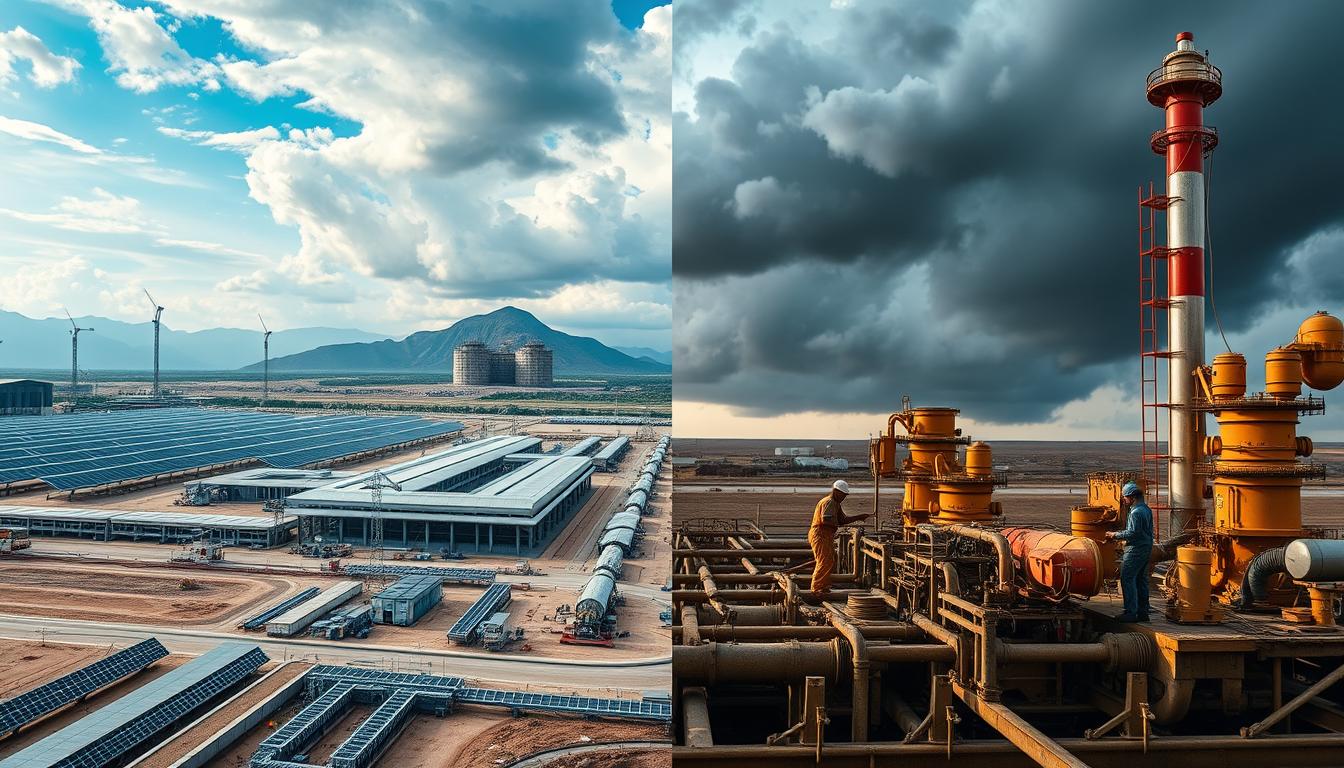
Both countries face significant challenges in maintaining their oil market influence. Saudi Arabia’s primary challenge is navigating the global energy transition while managing domestic economic transformation. The Kingdom’s Vision 2030 aims to diversify away from oil dependence, but implementation has been uneven. Saudi Arabia also faces growing competition from the United States, Russia, and other producers who have expanded market share in recent years.
Iran’s most immediate challenge remains sanctions relief. Without resolution to international disputes, the country will continue to face restrictions on technology access, investment, and market reach. Iran’s aging oil infrastructure requires an estimated $150 billion in investment over the next decade to maintain production capacity – capital that is unlikely to materialize under current sanctions.
How will the energy transition affect Saudi Arabia and Iran’s oil market influence?
Saudi Arabia appears better positioned for the energy transition, with substantial financial resources to invest in alternative energy and carbon reduction technologies. The Kingdom’s low production costs also mean its oil assets are less likely to become stranded in a scenario of declining demand. Iran faces greater challenges due to its higher production costs, aging infrastructure, and limited access to transition technologies under sanctions.
What impact would sanctions relief have on Iran’s oil market position?
Full sanctions relief would allow Iran to increase exports by an estimated 1.5-2 million barrels per day within 12-18 months. However, the country would still face significant challenges in attracting the investment needed to reverse years of underinvestment. Iran’s full return to markets would likely pressure prices downward initially, potentially creating tension within OPEC+ over production quotas.
How might regional security developments affect oil market influence?
Regional security remains a wild card for both countries. Continued tensions in the Persian Gulf, Yemen, or with Israel could disrupt shipping routes or production facilities. The 2019 drone attack on Saudi Arabia’s Abqaiq facility, which temporarily knocked out 5% of global oil supply, demonstrated the vulnerability of critical infrastructure. Iran’s influence over the Strait of Hormuz remains a significant geopolitical lever during periods of heightened tension.
Looking ahead, Saudi Arabia appears better positioned to maintain its oil market influence due to its financial strength, spare capacity, and strategic investments across the value chain. Iran’s influence will remain constrained by sanctions and underinvestment unless significant diplomatic breakthroughs occur. However, Iran’s geographic position and resourcefulness under pressure ensure it will remain a significant, if unpredictable, force in global oil markets.
Conclusion
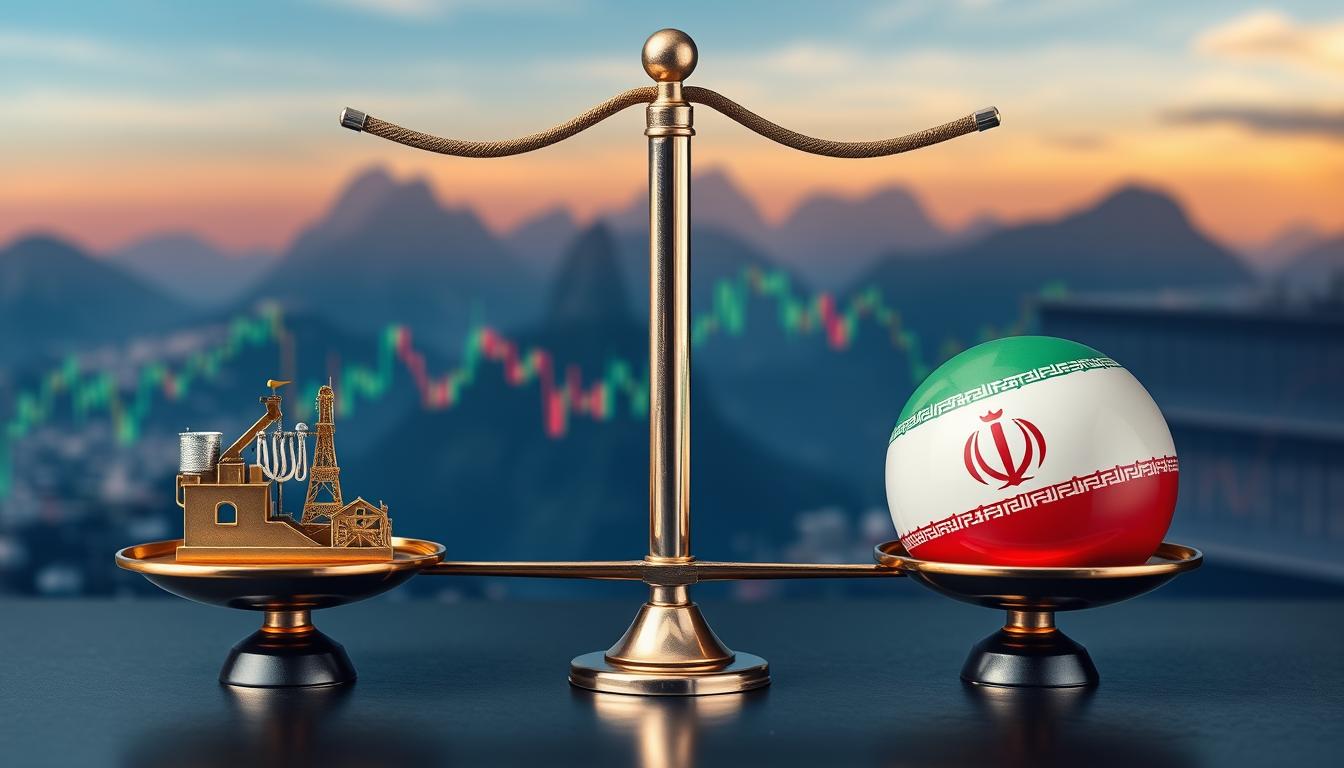
The competition between Iran and Saudi Arabia for influence over global oil markets reflects their contrasting circumstances and strategies. Saudi Arabia leverages its unmatched production capacity, financial resources, and strategic partnerships to maintain position as the market’s swing producer and price stabilizer. Iran relies on geographic advantage, adaptability under pressure, and strategic alliances to maximize its influence despite sanctions and investment constraints.
While Saudi Arabia currently exercises greater direct influence over oil markets through its production decisions and spare capacity, Iran’s control over critical shipping lanes and potential for production growth under sanctions relief ensures it remains a significant factor in global energy calculations. The recent diplomatic rapprochement between the two countries, brokered by China, suggests the possibility of a less antagonistic relationship that could potentially strengthen OPEC’s collective market power.
As the global energy transition accelerates, both countries face the challenge of maintaining relevance in an increasingly carbon-constrained world. Saudi Arabia’s financial resources and lower production costs provide advantages in this transition, but Iran’s more diversified economy may offer greater resilience to declining oil demand in the long term. The competition between these two petroleum powers will continue to shape global energy markets for decades to come, even as the nature of that influence evolves with changing global priorities.

